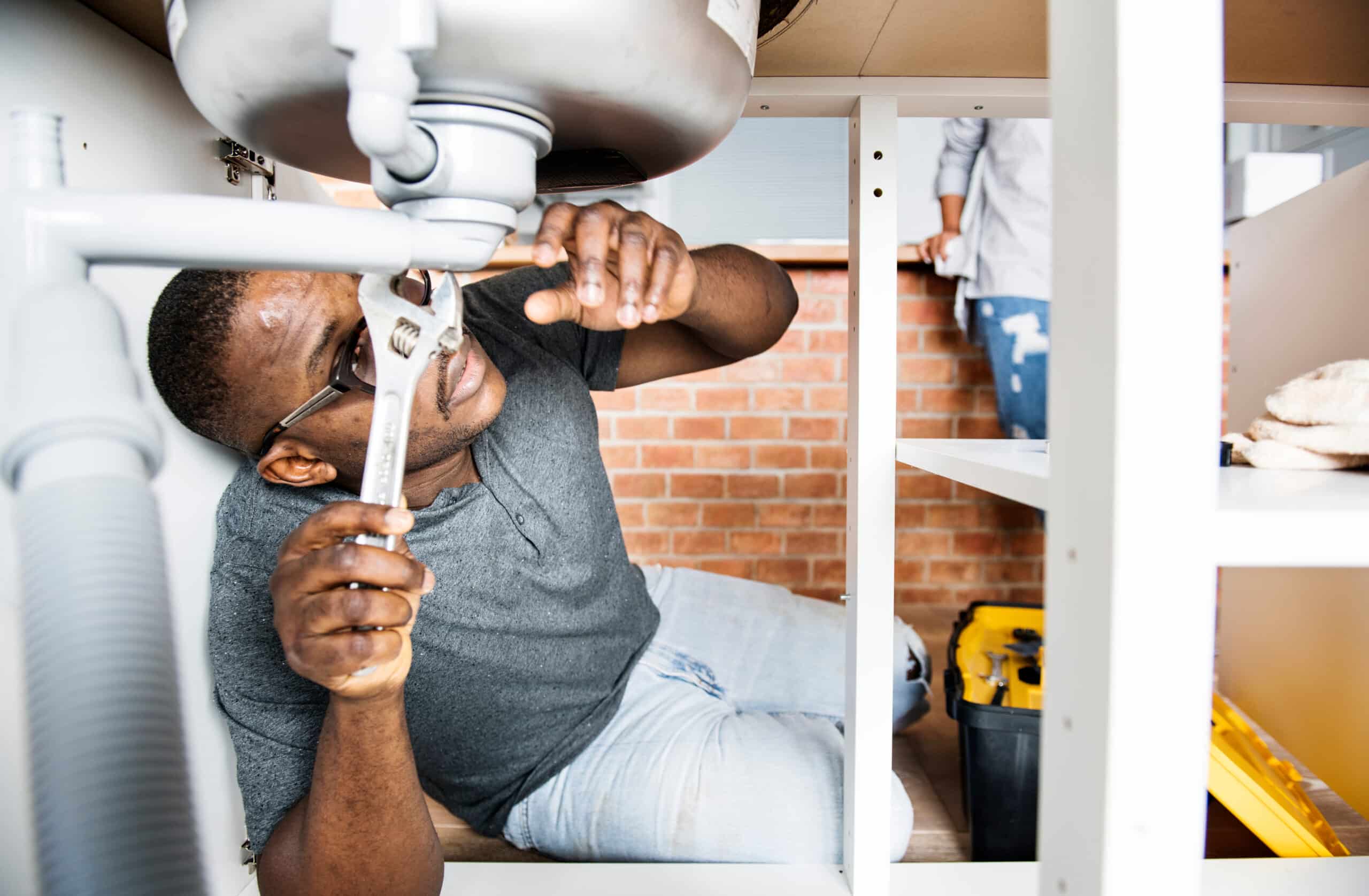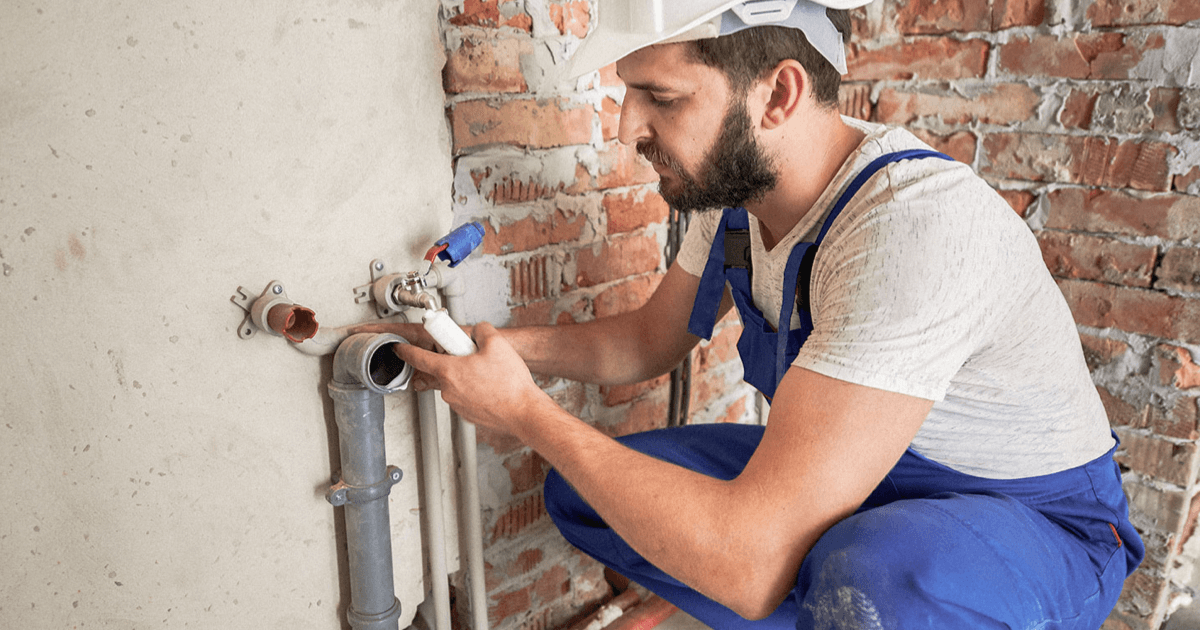Expert Drain Cleaning Alabaster AL to Keep Your Pipes Flowing
A Detailed Overview to Effective Hot Water Heater Setup for Ideal Performance
Getting started on the job of setting up a water heater is an endeavor that requires precision and a systematic method for achieving optimum efficiency. The process starts with the essential choice of selecting the ideal heating unit customized to the certain needs of your house, thinking about elements such as size, power, and type source. When selected, preparing the setup location to meet safety and security criteria is vital. However, the trip doesn't finish here. As you proceed, the details of attaching water system lines and establishing trustworthy electrical or gas connections wait for, promising understandings into making sure efficiency and integrity.
Choosing the Right Water Heating Unit

Following, consider the size and capability of the water heating unit. It's important to analyze your household's warm water requirements, which can differ based upon the variety of owners and their use patterns. A device that's too small might lead to insufficient hot water, while an oversized design may lead to unnecessary energy usage.
Effectiveness scores additionally play a crucial function in choice. Search for water heating systems with high Energy Element (EF) scores, suggesting superior performance and minimized energy usage. Tankless models, though usually a lot more costly upfront, offer significant power financial savings with time as a result of their on-demand home heating abilities.
Preparing the Setup Area
Prior to installing a brand-new water heating unit, thorough preparation of the installment area is crucial. It's important to measure the area carefully to accommodate the water heating unit's measurements, guaranteeing ample clearance around the unit for efficient procedure and maintenance.
Check the floor for stability, as the water heater will certainly require a strong, level surface to operate effectively. If necessary, install a drip frying pan under the device to capture prospective leaks or spills, avoiding water damage to the surrounding location.
Additionally, guarantee that all required tools and products are on hand before commencing the setup. This consists of products such as wrenches, screwdrivers, a level, and any extra hardware needed for placing and protecting the heater. A well-prepared setup area establishes the structure for an effective water heating system configuration, maximizing performance and safety.
Connecting Supply Of Water Lines
When attaching supply of water lines to your newly installed hot water heater, it is critical to make certain that all links are secure and leak-free to maintain efficient operation and stop water damage. Begin by identifying the cool and warm supply of water lines. The chilly water inlet is typically noted with a blue tag or a "C", while the warm water outlet is marked with a red label or an "H".
Usage versatile water heating system connectors to help with a much easier installment procedure. Before attaching the ports, put a plumbing professional's tape around the threaded ends of the water heater's inlet and outlet pipelines.
Once connections are in place, slowly turn on the main water system shutoff. Check each link for leakages by aesthetically checking and feeling for wetness. Tighten connections as required, and make sure the stress safety valve is appropriately mounted, securing versus excessive stress accumulation.
Establishing Electric or Gas Connections
Appropriately establishing the electrical or gas connections for your hot water heater is web link an important action to ensure efficient and safe operation. For electric hot water heater, start by verifying that Home Page the electric circuit works with the heating system's voltage and amperage demands. Ensure the power supply is switched off at the circuit breaker to stop mishaps. Link the electrical cables to the heater complying with the maker's electrical wiring layout. Commonly, this includes attaching the ground cable to the environment-friendly terminal, and the remaining wires to their matching terminals, safeguarding each with cable nuts.
For gas water heaters, safety is paramount. Link the gas line to the water heater making use of a flexible gas port, ensuring it is properly threaded and sealed with pipeline joint substance or Teflon tape ideal for gas connections.
As soon as connections are made, evaluate for any kind of prospective leaks. For gas lines, apply a soapy water option to discover this the joints; bubbles suggest a leak. For electrical connections, verify that all electrical wiring is secure and appropriately insulated, preserving compliance with neighborhood electric codes.
Readjusting and checking for Performance
With the electric and gas links firmly in position, the following step is examining the operational performance of your hot water heater. Begin by meticulously switching on the water and making sure there are no leaks at any one of the joints or shutoffs. As soon as validated, continue to fill up the container, focusing on the pressure and temperature level settings. It is a good idea to establish the thermostat to an advised temperature of around 120 ° F(49 ° C) to stabilize power effectiveness and convenience.
Following, do a thorough examination to make sure the burner or gas heaters are functioning appropriately. For electrical heating systems, use a multimeter to confirm if the elements are attracting the suitable present. In gas models, observe the burner fire; it ought to be steady and blue, showing reliable combustion.
Adjust the settings as required to eliminate inefficiencies. Think about applying insulation procedures, such as adding a water heating system blanket, to better boost efficiency by decreasing warm loss. Additionally, check the anode rod's problem, as a deteriorated rod can decrease performance and lead to container corrosion.
Verdict
Effective water heater installation is vital for guaranteeing ideal performance and energy cost savings. Firmly connecting water supply lines and thoroughly setting up electric or gas connections lessen prospective concerns.

Appropriately setting up the electrical or gas connections for your water heating unit is a critical action to make certain effective and secure procedure. For electric water heating systems, start by confirming that the electrical circuit is compatible with the heating unit's voltage and amperage needs. Link the gas line to the water heating unit making use of an adaptable gas port, ensuring it is properly threaded and sealed with pipe joint substance or Teflon tape appropriate for gas connections.